In the past five years February was the month dedicated to culture, history and to the identity of queer community, with numerous events brought together under the umbrella of a festival celebrating diversity: the LGBT history Month. In an article published by The Huffington Post, Philip M. Miner encouraged readers during the LGBT history month to visit libraries and to dedicate time in discovering the gay culture from the archives of different institutions. In Romania, besides the small library at Accept association, the knowledge about the gay culture is evasive or by no means accessible to the broad public, and continues to exist most often in the private space. In this context, various private initiatives to historicize gay culture seem politically more and more relevant in the process of turning the community’s experiences from memory to history, as it has constantly been hold back outside of a national, official narrative.
In 2017 the LGBT History Month was dedicated to commemorate Sorin Oncu’s legacy (1980-2016), an artist from Timisoara politically active in the frivolous movement for LGBTs emancipation, the program this year including a series of artistic projects alongside theoretical, political or critical debates, with community events designed for a more solid self-organization. The festival began with a discussion at tranzit.ro where projects of Sorin Oncu previously displayed in various exhibitions showed in the Month of LGBT history along the years were presented, followed by a review of the next week events agenda in Bucharest. The artistic inquiries for this year’s program of LGBT History Month brings together manifold narrations about the experiences and recent histories of the people from the community, as well personal stories explored subjectively through dance (Two contemporary woman and At the Institute of Change), theater (GadjoDildo) or performance (Be good for real and Oxygender) etc.
Looking back, I noticed that a good deal of artistic projects this year focuses on issues around the contemporary woman, with a feminist-queer approach. GadjoDildo, a cabaret show played by Elena Duminică, Mihaela Drăgan and Zita Moldovan directed by Mihai Lukacs and choreographed by Paul Dunca at Macaz, raises the problem of the hyper-sexualization of Roma woman by the whites and the minimization of their sexuality inside the communities they are part of. Except with this show, the voices of gay Roma woman are completely absent in the native/Romanian public space!
Choreographer Ioana Marchidan explores the realities of the contemporary woman from a feminist perspective together with Flavia Giugiu in the play Two Contemporary Women, at Linotip. In At the Institute of Change II, the second part of the 2014 show under the same title, Paul Dunca looks into various aspects concerned with the life, emotions, problems and sexuality of a transgender. Daniela Groza, an LGBT activist, responded with a performative interaction at Point space: she sat down at a table waiting for a partner to join in a dialogue. Be good for real is a public performance of honesty, responsibility and courage in which Daniela, a female gay militant for kindness, invites anyone curious to enter in an open dialogue where limits were negotiated peacefully.
At the Center of Multimedia Visual Arts (the first space in Bucharest dedicated sistematically and responsibly to feminine artistic initiatives since last autumn), Georgiana Dobre and Lala Mișosniky launched Oxygender, a poetic exploration of the queer body. Oxygender is a duo of voice and movement which starts with the assumption that „if the style is socially, culturally or politically built, it can be changed or modified” (Claude Cahun). The two performers built a discourse through a free flow of theatrical and choreographic techniques, to challenge heternormative mental barriers.
A significant initiative to reflect on the history of LGBTs in Romania is brought forth by SAVAGED pINK, an art exhibition opened at the end of month at ODD space. The exhibition proposes a political incursion into the archives of the queer activist Adrian Newell Păun most known in the local cultural gay scene for the queer documentary festival ROQDOC, organized by him alone every year. In June 2014 he began his career in the arts at the Center of Multimedia Visual Arts with a collection of drawings made in 1998, a sort of visual diary of the years spent in the United States. This year, the show at ODD accommodates the confessions of the LGBT community encountered in the dynamics of both public and private life. Curated by Cristina Bogdan, the exhibition explores the archives of Adrian Păun, historicized by two gay writers, Vlad Viski and Adrian Schiop. The visitors at ODD had the chance to browse through various archives: magazines, cuts from newspapers, a video, or posts creating a map of underground meetings of the community in public spaces, the first edition of Homoistorii and the personal letters collected by Adrian Păun over the years.
SAVAGED pINK brings into open discussion the precarious reality gay people continued to face after the 1990s. Homosexuality in Romania was prosecuted by law with the Article nr. 200, effective in the Penal Code from 1938 until the late 2000s. Article nr. 200, implemented to procure the legal framework to monitor and punish homosexuals, left no room for a public discourse in the affirmation of the gay identity or sexuality. During the oppressive years, Adrian Păun took refuge in San Francisco where he launched a correspondence club with gays from Romania. The text introducing the exhibition written by Schiop and Viski, “A country from which everybody wanted to escape”, starts apocalyptically yet realistically, recounting the history of the initiative: „(…) in “Prostituția”, an erotic magazine printed on an ordinary news paper, there is a letter in which a gay from America expresses his intention to start a correspondence club. He provides his real name, and his address from San Francisco. The same letter is published in “Evenimentul Zilei”, as well as an advertisement for the club in the newly-founded Gay45 magazine.” A selection from the correspondence letters between Adrian Păun and the gays from Romania (or from Romanian diaspora) were displayed at ODD. These fragments of a collective memoire are part of an unwritten history which overtly points to the experiences lived by gays during these years. Homosexuality at that time was convicted to clandestinity and many people hid behind disconsolate heterosexual marriages. Forming a gay family was impossible to accomplish in this context, and most of the time it was even difficult to meet in a (monitored) public space which did not offer any alternatives for socialization.
The correspondences of Adrian Păun offer significant information about the lives of homosexuals in an era deprived from rights and access to information. Today, when internet offers a space for expression to everyone and information is at a click distance, it is hard to imagine how scarce knowledge was in the dark era of the 90s when the press (especially the pornographic one) began to advertise information about homosexuality. More often now, people contact Adrian to ask for additional documentary materials and magazines, the exhibition only showing the very short history of the local gay press. While during the first post-revolution years homosexuality was only discussed in rather whimsical articles published in porn magazines, quasi-information about sexuality, or with the anonymous letters received in editorial offices, the press of the 90s slowly brought into question the issue of homosexuality. 1993 saw the emergence of the first newspaper with the LGBT theme, Gay45 (two issues), the same year launching the prints of the first porn thematic magazines (Hot boys), and the cultural press began to give voice to the debates around the rights of the homosexuals (Revista 22). The most popular publication rated by writers is Identități, the first Romanian lesbian magazine published in only one issue in 2003. The displayed printings at ODD appeared only in small circulations and without continuity, which reveals there was a severe lack of access to information. Adrian Păun’s collection includes publications of the community and those that bring in discussion the reality and rights of the LGBT. This personal collection, presented in an exhibition proposed as an affirmative lecture on history, shows the necessity to archive memories and for the gay movement in Romania to make history.
I believe queer archives have become indispensable for researchers looking for exclusive or marginalized history, as well for the members of LGBT searching for identity narratives. The conservation of various confessions and written documents are at the basis of recovering historical lacunae for the future. As Judith Halberstam noted in “In a Queer Time and Place”, queer archive is not merely an inventory room, but has theoretical potential and cultural relevancy, acting as a construction of a collective memoire. In order for the archives to carry out their mission, every piece of the queer history puzzle needs to be investigated and placed in its right position.
LGBT History Month, full calendar available here.
Translated by Adelina Luft.
POSTED BY
Valentina Iancu
Valentina Iancu (b. 1985) is a writer with studies in art history and image theory. Her practice is hybrid, research-based, divided between editorial, educational, curatorial or management activities ...


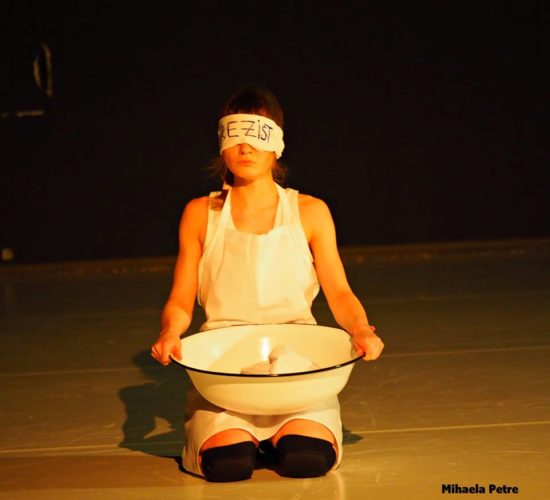
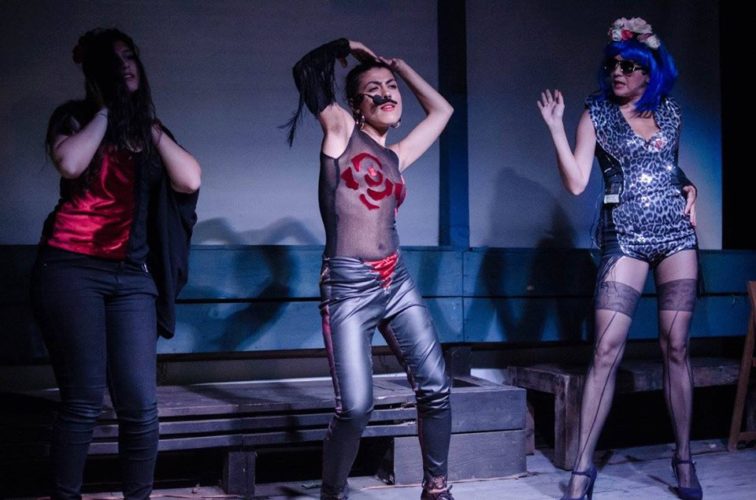
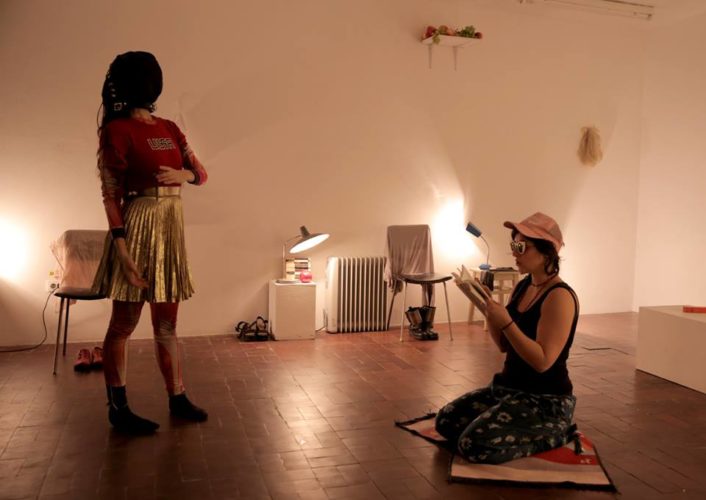
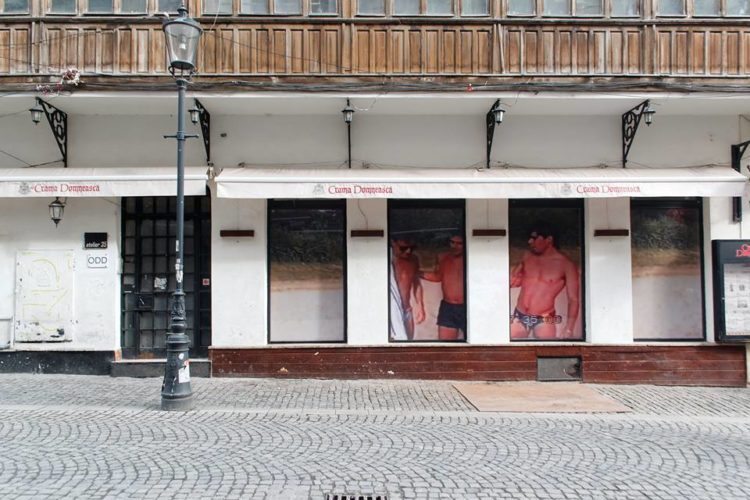
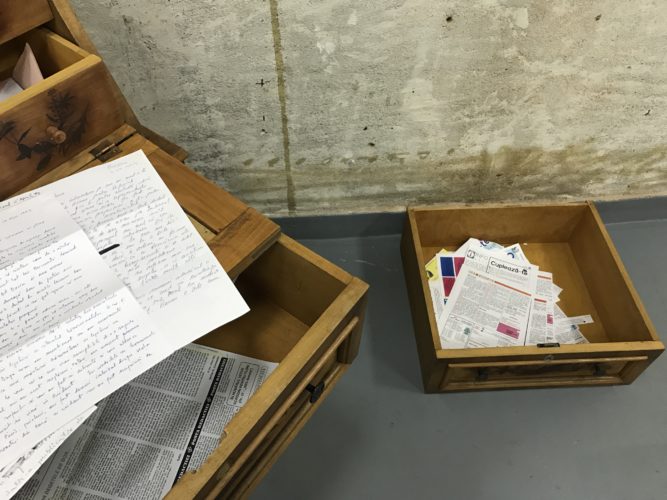
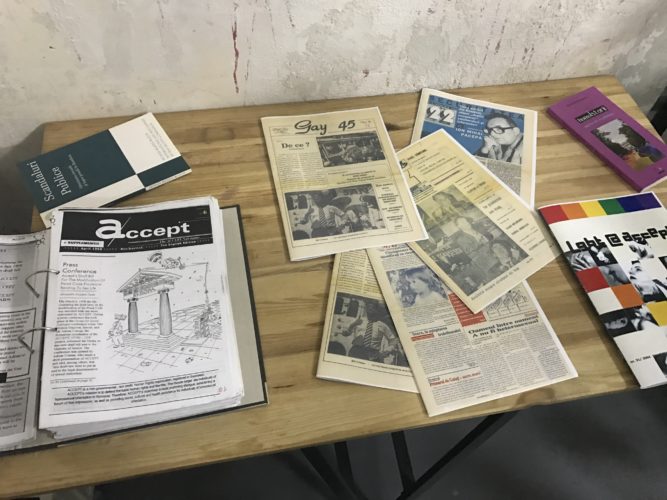
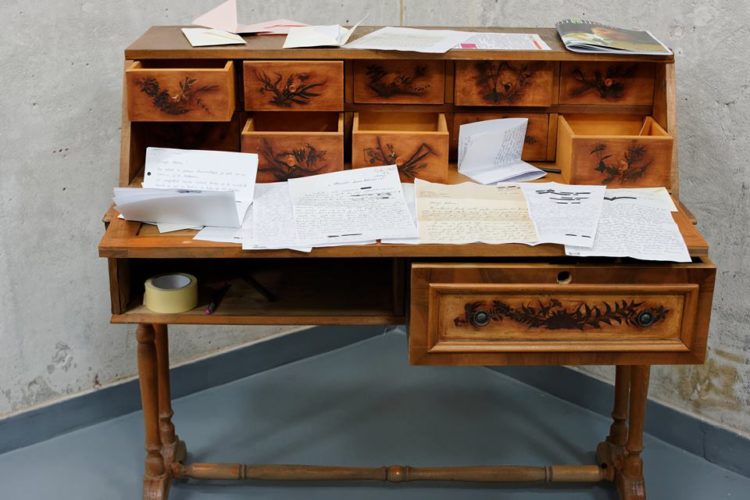
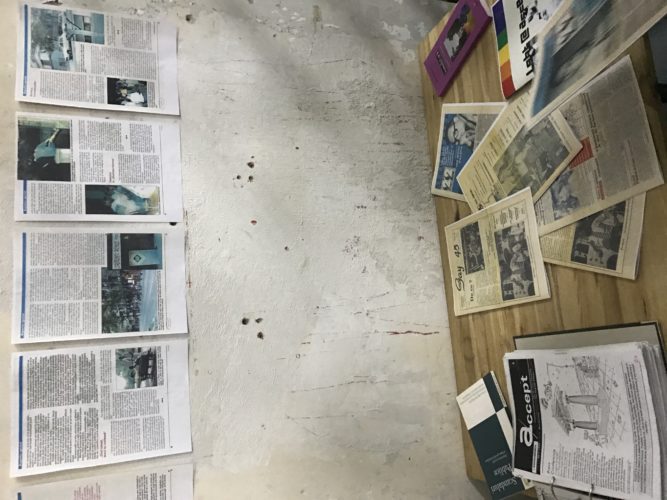
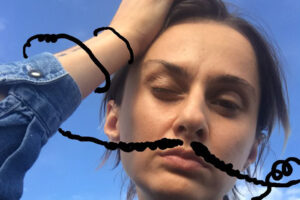
Comments are closed here.